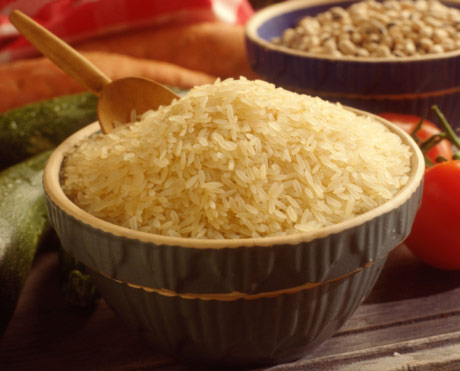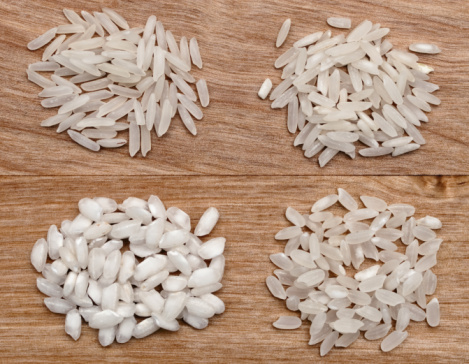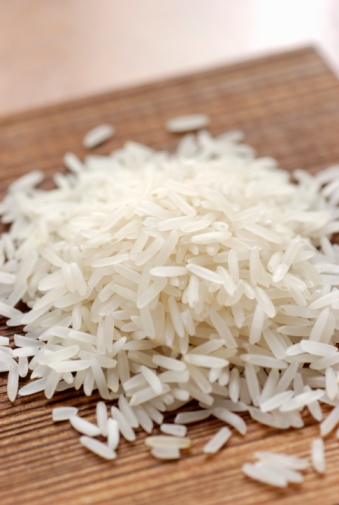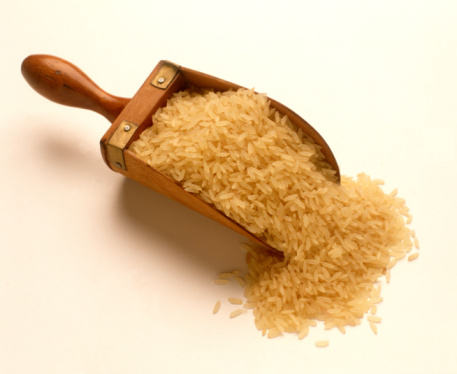
Rice is a staple food crop in many parts of the world, including India. In fact, about 65% of the people consume rice as part of their diet in India. India is the second largest producer of rice after China, accounting for about 90 million tons of production in the world. Rice is cultivated during both winter and summer, with over 4000 varieties of rice being grown every year. In countries where agriculture is the main occupation, the cultivation of rice is seen as the principal activity and a major source of income.
Types of Rice
The most basic parameter on which rice is can be classified is according to its length. According to this criterion, one can find four types of rice. These are:
- Long Grain Rice: The grain of the rice is long, and is about 5 times longer than its width. The long grain rice has narrow, long kernels. The long grain rice is known as’rough’ or 'paddy' rice at the time of its harvesting. Its grains, when cooked, are light in weight as well as soft in texture. Due to its full-bodied flavor and versatility, the long grain rice is also known as an 'all purpose rice' is an ideal choice for an everyday meal.
- Medium Grain Rice: This type of rice has a creamy color and a slightly chewy texture. The kernels of this kind of rice are shorter and wider as compared to that of long grain rice and also do not always remain fluffy. It is an ideal form to be used in desserts, breads, etc. The grains of the medium grain rice are 2-3 times longer than the width, which is about 5 mm in length.
- Short Grain Rice: Belonging to the 'Japonica' (round grained) category of rice, the grains of this type of rice have short and plump kernels. This rice is identified as having a smooth, creamy texture, ideal for making rice pudding and other sweet dishes involving the use of rice. The length of the grains is 4 mm while its width is around 2.5 mm. It is mainly grown in cold weather areas, such as Japan, Korea and China.
Varieties of Rice:
Although there are more than 4000 varieties of rice that are growing every year, the most common varieties of rice that are seen in the market can be described as follows:
- Brown Rice:It is a variety of rice in which only the hull is removed. Due to the bran layers that are left on the grain, it has a natural tan color. The texture of the brown rice is slightly chewy with a nut like flavor, which is due to the bran present inside the grain. Brown rice takes about 30-45 minutes to cook and is considered to be a very good for health because of its nutritional value, as it contains less of starch as compared to white rice.
- White Rice:White rice is defined as that form of rice whose husk, bran and germ have been removed completely during the milling process. Because the white rice undergoes this process, it is also known as 'polished rice'. The entire husk, bran and germ get removed so that the rice does not get spoiled. In this manner, its storage capacity is increased to a great extent. It has a delicate flavor and contains lots of nutrients like thiamin, riboflavin, niacin, and iron
- Parboiled Rice:Parboiled rice is yet another variety of rice which is cooked in a steam pressure before it is milled. The steam pressure process helps in pushing the vitamins and minerals present in the outer coats to shift to the central part of the kernel. The entire process of cooking takes about 20 minutes, and after cooking, the rice becomes firm in texture and also the grains of the parboiled rice do not cling to each other after it has been cooked.
- Asia is one of the largest consumers of rice, with more than 90% of rice being consumed by the people of Asia alone
- To produce 1 kg of irrigated rice, it takes about a whopping 5000 liters of water
- Farmers in remote areas, where there are no modern plowing machines, have to walk 80 km along with their water buffalo to plow just one hectare of land
- On an average, an Asian consumer eats about 150 kg of rice per year as compared to a European who consumes only 5 kg of rice in a year
Some Interesting Facts of Rice
Rice, being one of the most preferred forms of food and cultivation, has very interesting facts associated with it. These are:
Basmati Rice
It is a long aromatic variety of rice grown only in India & Pakistan world over. It has extra long slender grain which elongates more than twice of its original size upon cooking. Basmati Rice is unique among other aromatic long grain rice varieties due to its delicious taste, distinct flavor and superior aroma which literally make it the King of Rice. Agro- climatic conditions of the specific geographical area and method of harvesting, processing and aging attribute these characteristic features to Basmati rice.Basmati Rice Production
India produces more than 70% of the world basmati rice production and the rest is produced by Pakistan. India's Basmati rice production for the for the crop season 2009-2010 it was estimated at 4.5 million tons, an increase of 50% from previous year's production. Haryana, Punjab, Uttarakhand, Delhi, Western Uttar Pradesh and J&K are the states where Basmati rice is grown in India.
Basmati Rice Varieties from India
Basmati 386 , Pusa Basmati-1, Pusa Basmati 1121, Basmati 217 , Ranbir Basmati , Karnal Local/ Taraori Basmati, Basmati 370, Type-3 (Dehradooni Basmati), Punjab Basmati-1, Haryana Basmati- 1, Kasturi and Mahi Sugandha are the main notified varieties of Basmati rice in India.











